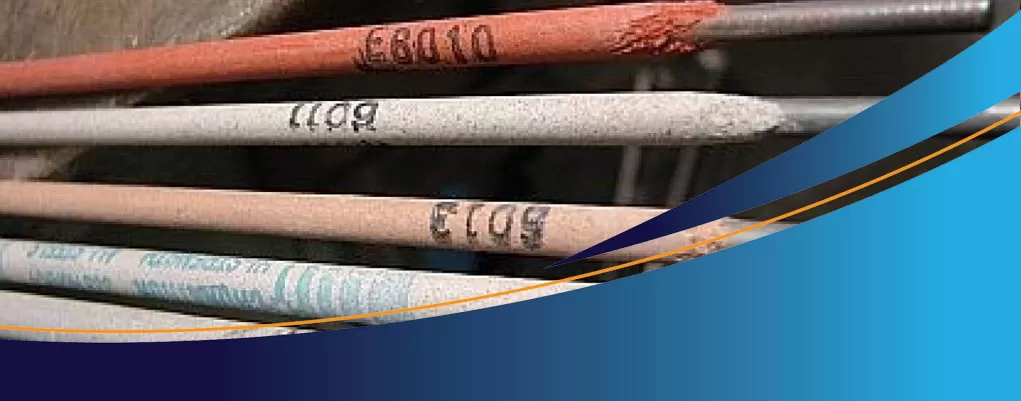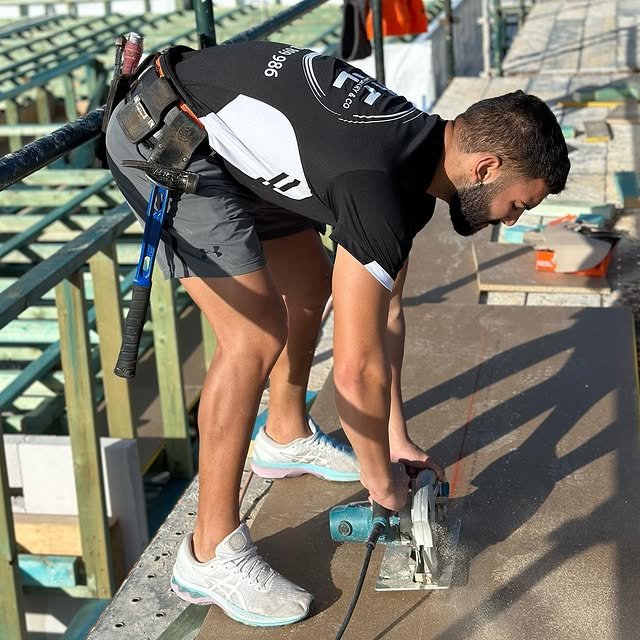In the most demanding industrial environments, where extreme heat and aggressive acids would destroy standard metals in hours, engineers turn to a class of materials known as “superalloys.” At the forefront of this group is Hastelloy, a family of nickel-based alloys renowned for its almost unmatched resistance to corrosion.
These alloys are the material of choice for building reactors, heat exchangers, and piping in chemical plants, as well as critical components in aerospace and pollution control. But Hastelloy’s incredible durability comes with a significant challenge: it is notoriously difficult to fabricate.
When welding these high-performance alloys, the weld seam itself becomes the most vulnerable point. Using a standard welding rod would create a “weak link” that would fail almost immediately. This is why specialized hastelloy welding electrodes are not just accessories; they are a critical component of the entire system, engineered to ensure the weld joint is as strong and resistant as the superalloy itself.
This article provides a comprehensive look at the composition, properties, and applications of these essential welding consumables.
What Is Hastelloy? A Brief Overview
Before discussing the welding electrodes, it is important to understand the base material. “Hastelloy” is not a single metal but a trademarked name for a large family of nickel-based superalloys. Each grade is “tuned” with different elements to fight specific types of corrosion.
Their primary component is nickel (Ni), which provides a tough, ductile base. The “magic” comes from the addition of other key elements:
- Molybdenum (Mo): This is the primary element for resisting non-oxidizing acids, such as hydrochloric and sulfuric acid.
- Chromium (Cr): This element provides resistance to oxidizing acids (like nitric acid) and is responsible for the “passive layer” that protects stainless steels and other alloys from corrosion.
- Tungsten (W): In some grades, tungsten is added to enhance both corrosion resistance and high-temperature strength.
These alloys are used where nothing else will survive. The challenge, then, is to create a weld that can also survive these conditions.
Why Special Electrodes Are Non-Negotiable
Welding Hastelloy is a task of metallurgical precision. The goal of welding is to create a joint that is as strong and corrosion-resistant as the base metal being welded.
If a welder were to use a standard stainless steel electrode, the weld would fail catastrophically. The weld bead would have a completely different chemical and electrical makeup than the Hastelloy base metal. This creates a “galvanic cell,” where the less-noble weld metal would corrode at an extremely rapid rate, as if it were being actively dissolved.
Hastelloy welding electrodes are “filler metals” designed to solve this problem. Their chemical composition must “match” or even “over-match” the base metal. They are designed to not only join the metal but also to prevent common welding defects that plague superalloys, such as:
- Weld Cracking: Hastelloy can be prone to “hot cracking” during the cooling phase of the weld. The electrode’s composition is designed to create a weld puddle that solidifies in a way that resists this.
- Loss of Corrosion Resistance: The intense heat of welding can alter the microstructure of the metal in the “Heat-Affected Zone” (HAZ) next to the weld. Special electrodes, particularly those with very low carbon, are used to prevent this damage.
Composition: The Recipe for a Resilient Weld
The composition of a Hastelloy welding electrode is a precise formula. The single most important feature across all grades is low carbon content.
During welding, the high heat can cause carbon to bond with chromium, forming “chromium carbides” at the grain boundaries of the metal. This process “steals” chromium from the alloy, making those areas highly susceptible to corrosion. By keeping the carbon content in the electrode extremely low (e.g., <0.015%), this “carbide precipitation” is prevented, and the weld joint retains its full corrosion resistance.
While each electrode grade is different, the key alloying elements perform specific roles:
- Nickel (Ni): Forms the high-percentage base of the alloy.
- Molybdenum (Mo) & Chromium (Cr): These are the primary anti-corrosion agents. The ratio between them determines what kind of corrosive environment the weld can handle (oxidizing vs. non-oxidizing).
- Tungsten (W): Adds to the high-temperature strength and corrosion resistance of the weld bead.
- Iron (Fe): Kept to a minimum, as it can reduce the alloy’s overall corrosion resistance.
Common Hastelloy Grades and Their Matching Electrodes
In the welding world, electrodes are often identified by their AWS (American Welding Society) classification. Here are a few of the most common Hastelloy base metals and their matching filler metals.
1. Hastelloy C-276 (Base Metal) → Electrode: ERNiCrMo-4 (TIG/MIG) or ENiCrMo-4 (Stick)
Hastelloy C-276 is the “workhorse” of the Hastelloy family. It is the most widely used grade due to its excellent resistance to a vast range of chemicals, including wet chlorine gas, hydrochloric acid, and sulfuric acid.
Its matching electrode, ERNiCrMo-4, is equally versatile. It deposits a weld metal with high molybdenum and chromium, and it is known for its excellent resistance to pitting, crevice corrosion, and stress corrosion cracking. Because its properties are so robust, this electrode is often used for welding dissimilar metals (like joining Hastelloy to stainless steel) or for welding standard stainless steels in high-chloride environments.
2. Hastelloy C-22 (Base Metal) → Electrode: ERNiCrMo-10 (TIG/MIG) or ENiCrMo-10 (Stick)
Hastelloy C-22 is considered a “premium” upgrade from C-276. It has a higher chromium content, which gives it even better resistance to oxidizing media and localized corrosion (pitting and crevice) than C-276. It is often the top choice for the most aggressive, unpredictable chemical plant environments.
Its matching electrode, ERNiCrMo-10, deposits a weld metal that is exceptionally tough and resistant to corrosion in both oxidizing and non-oxidizing environments.
3. Hastelloy B-2 (Base Metal) → Electrode: ERNiMo-7 (TIG/MIG) or ENiMo-7 (Stick)
This is a more specialized alloy. It has a very high molybdenum content and no chromium. This makes it outstanding for handling non-oxidizing acids, such as pure hydrochloric acid at all concentrations. However, it should not be used in the presence of oxidizing agents. The electrode, ERNiMo-7, is designed to match this specific chemical profile.
Key Properties and Benefits of Hastelloy Electrodes
When a fabricator chooses a high-quality Hastelloy electrode, they are securing several key benefits for the final product.
- Maintained System Integrity: The primary benefit is a weld joint that is just as corrosion-resistant as the base metal. This ensures the entire piece of equipment (reactor, pipe, etc.) has no “weak link.”
- High-Temperature Strength: The weld joint retains its high tensile strength even at elevated temperatures, making it suitable for aerospace engines, turbines, and high-temperature chemical reactors.
- Superior Weldability: These electrodes are designed to be user-friendly for welders. They provide a stable arc, smooth bead appearance, and low spatter, which is critical when working with such an expensive and unforgiving base material.
- Versatility in Dissimilar Welding: Many hastelloy welding electrodes, particularly the C-276 type, are the industry’s go-to solution for welding dissimilar metals. They can be used to weld nickel alloys to stainless steels or carbon steels, acting as a robust “buffer” that prevents weld cracking and other failures.
In conclusion, Hastelloy welding electrodes are far more than just a consumable. They are a high-technology product, precision-engineered to make fabrication possible in the world’s most extreme environments.




Leave a Reply